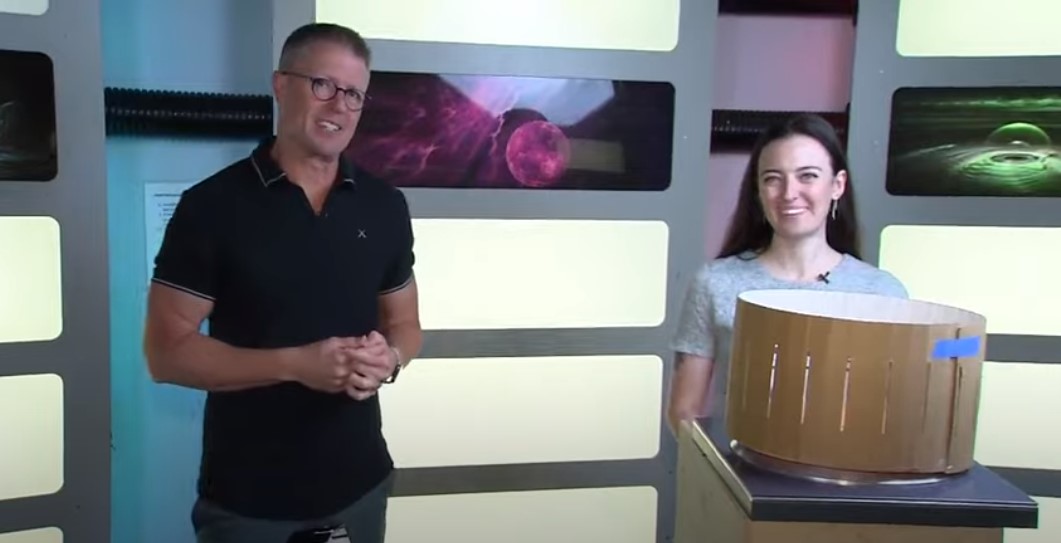We are trying to solve a little bit of a mystery today, can you help us? I have brought in two squares that appear to be identical. They are the same shape, the same color, the same thickness, so our initial thought is that they are the same material, correct? Well as scientists, we need to run some tests that bring us beyond just our physical observations. We are going to show you one test you can do using just an ice cube.
Materials to Collect
- Ice cubes
- Surfaces around your house
- Timer
Try it!
- Place an ice cube on a surface in your house (wood, tile, laminate, etc.).
- Use a timer and record how long it takes for the ice cube to completely melt.
- Test different surfaces until you run out of surfaces or ice cubes!
What is the Science?
Different materials have different properties. Some of these differences in properties are invisible to our eyes, so we have to test for them in different ways. One such difference is how readily a material gives up heat. Materials that transfer heat easily are called conductors. Other materials do not transfer heat easily. These materials are called insulators. If your ice cube melted quickly, it was on a surface that gave up heat easily: a conductor. If your ice cube resisted melting, it was on a surface that did not give up heat easily: an insulator.
Materials are often picked specifically for their ability to conduct heat. The bottoms of your pots and pans conduct heat really well. This means that the heat from your stove is able to pass through the pot and into your food easily. Your coat is made up of materials that are good insulators. They do not transfer heat well. This means that your body heat stays trapped inside where you need it.
Ask Your Young Scientists
- What do you notice happening to our ice cubes?
- When we look at how long it took each ice cube to melt on different surfaces, what do you notice? What do you think it means?
- Which objects do you think conduct heat the best? Think about what these objects do. Is it important that they can move heat easily?
More to Explore
Conductors and insulators are all around you. They help us stay moving, stay connected to each other, store and prepare food, and stay safe. See how many insulators and conductors you and your fellow scientists can identify in your daily life.
We want to see what you try at home. Share your experiments with us on social media by using the #ScienceAtPlay and tagging @CTScienceCenter.


Andrew Fotta is a STEM educator at the Connecticut Science Center. He has currently holds a CT teaching certification for grades K-6, and has spent time in the classroom in nearly all grades, and taught middle school science. In addition to teaching classes for the Science Center, Andrew is also part of a team of educators currently creating new programs aligned with the new Next Generation Science Standards for grades PreK-9. Andrew is an avid photographer, who enjoys blending science and art in his work.


